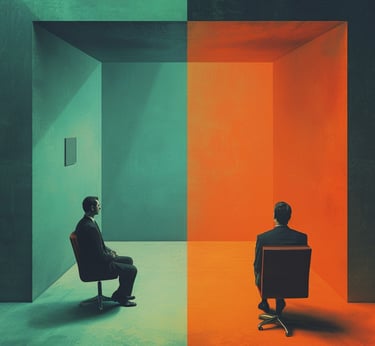

Design isn’t decoration. It’s persuasion. We design for the brain before the eye.
People don’t remember details — they remember how you made them feel. We shape emotion through rhythm, spacing, color, and interaction patterns that speak to the brain before the conscious mind catches up.
Every pixel is placed with intention — from cognitive load reduction to micro-interactions that create trust, recall, and connection.
